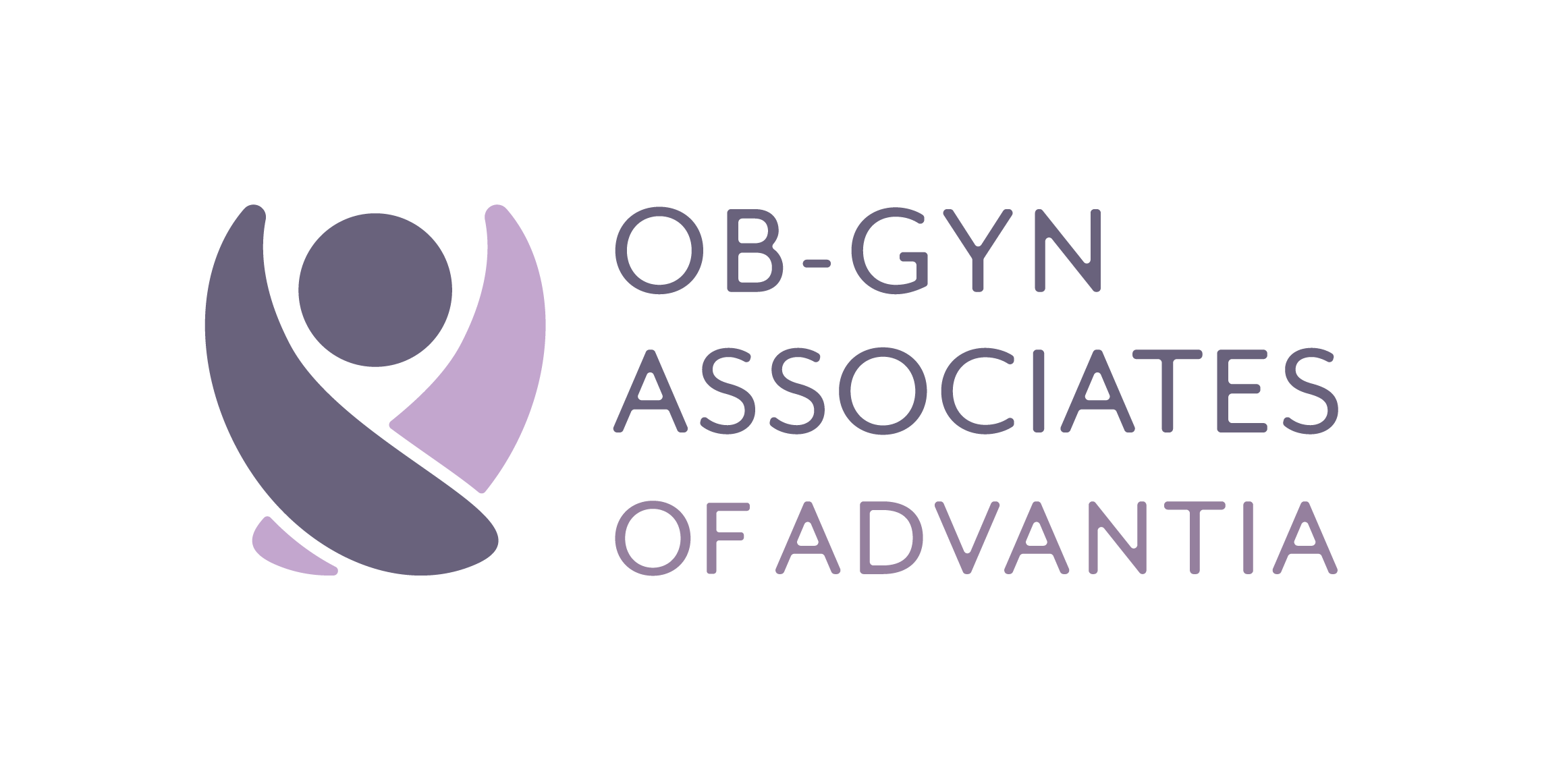
Published on: 28 October, 2014
Read Time: 3 min
Congratulations on the upcoming birth of your baby
Establishing an early feeding pattern is crucial for breastfeeding success. Having 24-hour access to your baby plays a key role in this success. Both mothers and their babies tend to sleep better when they are together rather than separated. Your presence is a source of comfort for your baby; they recognize your unique smell and the sound of your voice, providing reassurance.
Why is “rooming in” important for your baby?
It’s all about the Q’s (cue’s)!
Having your baby “room in” with you will ensure you learn to recognize early feeding cues and avoid the stress of late feeding cues. Rooming in also helps you learn to care for your baby and can assist in the identification of questions or difficulties that you may have. The staff can then provide additional support to you before your discharge.
Early feeding “cues” include:
- Mouthing: opening and closing the mouth like a goldfish. The infant then starts sucking their hand/fingers (sometimes a shirt collar if there’s one handy!)
- Rooting: With eyes open, the baby begins “rooting.” Some try to lay themselves down into the feeding position, and others try to attach to the nearest thing (noses and chins seem particularly popular!).. The baby’s breathing may also become more rapid, and they are likely to begin squirming and fussing if they cannot locate their food source!
Late feeding “cues” include:
Crying: if earlier cues are ignored, the baby moves on to the last cue, from squirming and fussing to crying.
What is “feeding on cue”?
“Feeding on cue” means feeding your baby when they show signs of being hungry or when they respond to feeding cues (above). Your baby should eat 8-12 times a day (24 hours) to prevent dehydration.
Why no pacifiers?
It is important not to offer a pacifier in the first few weeks in order to establish a good nursing pattern and allow you to recognize feeding cues. The sucking actions on a bottle or pacifier are different than how a baby latches and suckles at the breast. Some babies will tire after prolonged sucking on a pacifier and will not latch well at the breast.
What positions should I use?
Making sure that you’re comfortable and relaxed and that your baby is correctly latched can help to make breastfeeding easier and more enjoyable. Hold your baby close (tummy to tummy) when you are preparing to feed. The baby’s chin should be touching your breast with the nipple opposite the baby’s nose. Tickle the baby’s lip with your nipple and when the mouth opens wide bring the baby onto the nipple. Your baby should have the entire nipple and most of the areola in their mouth. It is normal to feel 15-20 seconds of discomfort during the first few days. If the discomfort does not go away, de-latch the baby and reattempt the latch.
- Cradle hold – (tummy to tummy), most widely seen
- Cross-Cradle hold
- Football hold – good head support
- Side-lying hold – Usually at home with an and view of latch “established” latch
You can find visuals for these positions here:
http://www.mayoclinic.org/healthy-living/infant-and-toddler-health/multimedia/breast-feeding/sls-20076017
Breastfeeding is the best food for your baby. The American Academy of Pediatrics recommends breastfeeding a baby exclusively for the first 6 months and then continuing breastfeeding in addition to appropriate solid foods until 12 months and beyond due to the health benefits for both mother and child.





